Are you suffering from writer’s block? Or do your words flow a little too freely? The color, frequency and density of your writing can tell you a lot about your health! Luckily, doctors have developed a useful chart to aid in diagnosis of all writing complaints: The Bristol Writing Scale.
7. Liquid consistency with no solid pieces: Severe logorrhea. Write drunk, edit that way, too. A monograph about theoretical physics has morphed into a polemic about your ex, with a large set of quoted lyrics from The Phantom of the Opera. You have never seen The Phantom of the Opera. You, and everyone who sees your document, and in fact your entire office, will wonder what terrible crimes were committed therein.
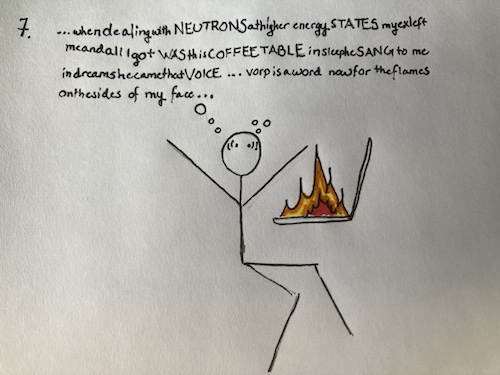
6. Mushy consistency with ragged edges: The words are uncontrollable once they start. Your rant unspools with too many semicolons. Narrative structure is lost, but you do find that at some point you ate corn.
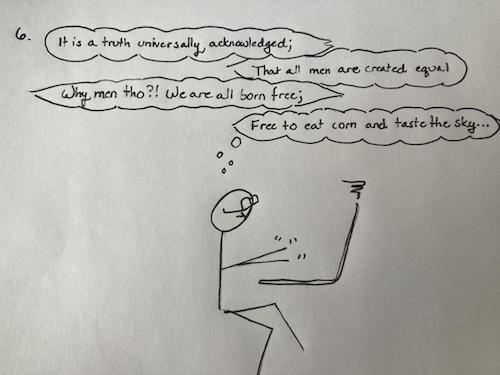
5. Soft blobs with clear cut edges: The kind of writing done after several pots of coffee. Mildly unhinged. Potentially brilliant. Also potentially gibberish.
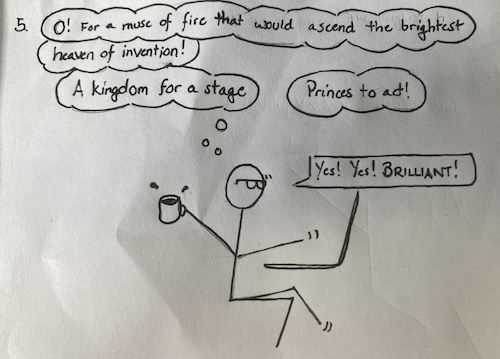
4. Like a smooth, soft sausage or snake: The perfect writing session. Words slip out with ease, but with just enough effort to give you a sense of accomplishment. You only have to wipe once and head off to humblebrag your word count on Twitter with a spring in your step.
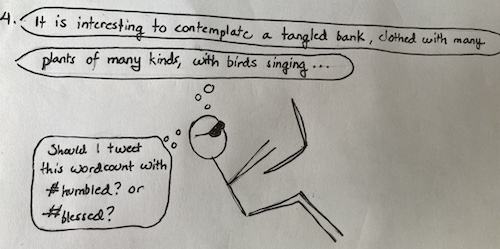
3. A sausage shape with cracks in the surface: The kind of writing of which most writing yeoman would be proud. Slightly stilted in places, and undeniably boring. But you hit your deadline.
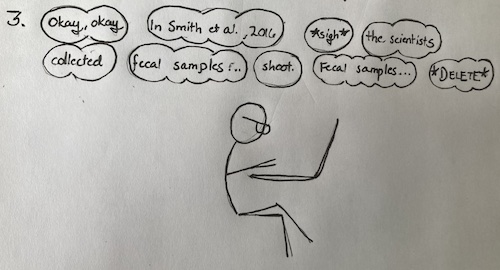
(But you hit your deadline.)
2. Lumpy and sausage-like: Every sentence is an effort. Your deadline is breathing down your neck. Those outside the office may hear soft whimpering. If the writing gods smile upon you, after a few sentences, the dam will break and you will proceed to Bristol writing scale 5.
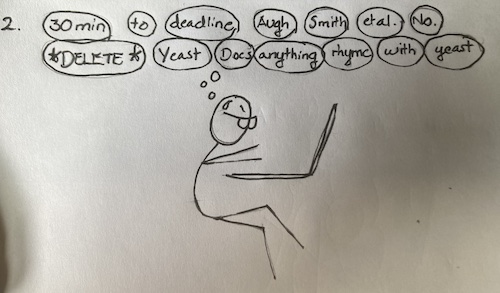
1. Separate hard lumps: Extreme word constipation. Must. Write. Word. A vein throbs in your forehead. This is the kind of writing that might have killed Elvis.
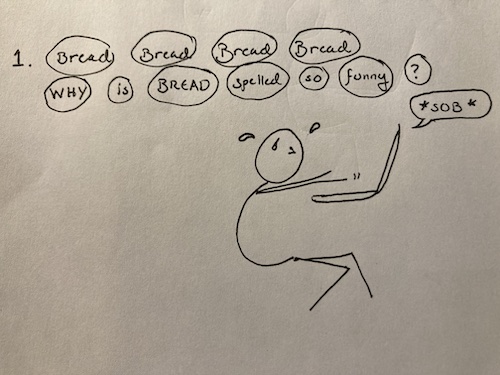
0. The white glare of the page. The empty glare of the porcelain bowl. They are one and the same.
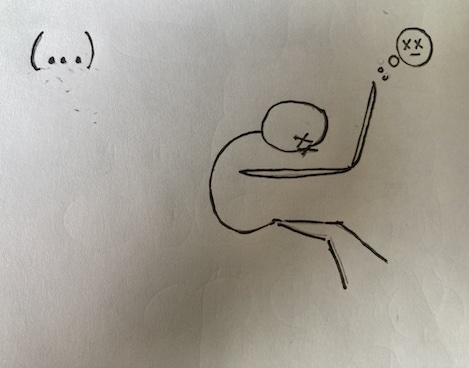
*Keep in mind that the Bristol Writing Scale is only a diagnostic tool, and should not be taken as a recommendation that only types four through five are indications of a future writing career. It is possible that your editor may recommend more fiber, at which point it is best to buy a subscription to the New Yorker.
I shall never think of my rough drafts in the same way again. I’m slightly horrified, but also not inclined to withhold applause for such a masterful blog post, Bethany. And the art! “Well done” or “Bon Travail,” if we want to be fancy about it.